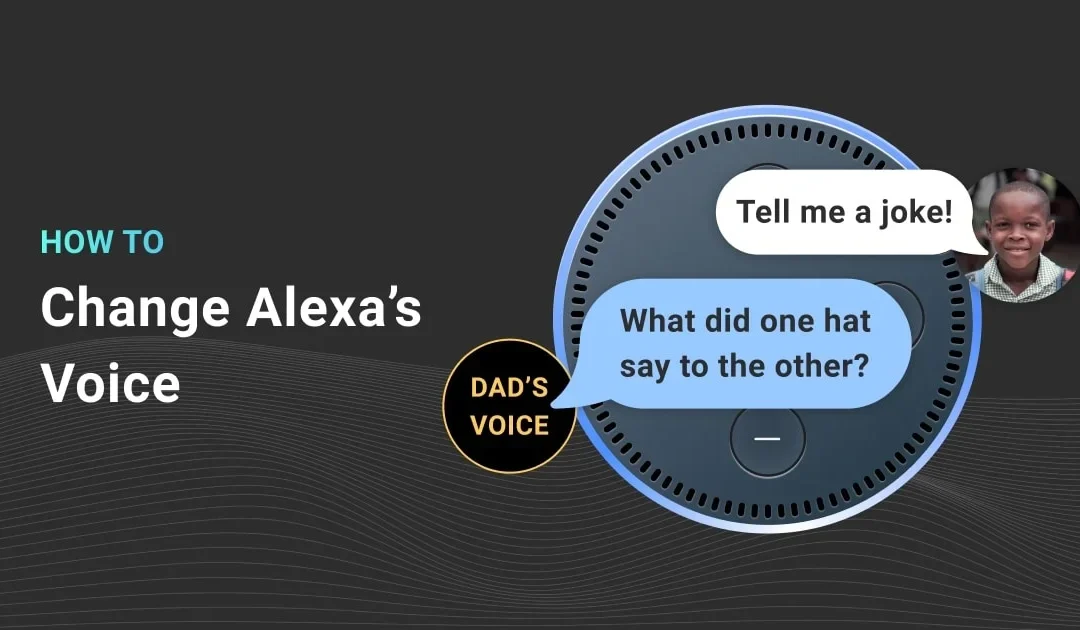A voice assistant is software that performs tasks according to the verbal commands a user provides. It interprets human speech and responds via synthesized voices. The user can ask questions, control devices, and manage other tasks like opening and closing apps.
Voice Assistants like Alexa and Siri are becoming essential in daily life.
An Adobe study recently revealed that 91% of companies invest in voice technology. 71% of these organisations think voice solutions can improve user experience. During the study, Adobe questioned 1,000 voice assistant users to understand how this technology influences their lives. While 95% of them find the software easy-to-use and time-saving, 50% think sometimes the assistant doesn’t know where to start the task.
What Should You Know About Voice Assistants?
How Are People Using Voice Assistants?
People use voice assistants for various tasks, from checking the weather to setting alarms and booking hotel rooms. Voicebot.ai provides a report that lists the most frequent tasks people complete when using voice assistants.
Companies add new applications to voice technology and it’s expected consumers to use embed these characteristics in their life.

Image source: https://voicebot.ai/2018/03/21/data-breakdown-consumers-use-smart-speakers-today/
Different Types of Voice Assistants
Most brands strive to create voice assistants that can hold conversations, similar to people. The Adobe study we mentioned above revealed that 70% of users are happy that assistants can carry conversations, but they noticed they often struggle to understand what’s asked of them.
To meet various needs, developers create different voice assistants.
- Informational – they provide basic knowledge as the weather forecast, instructions, traffic information, and contact details (Google Assistant and Alexa are both great at answering questions)
- Conversational – brands often use conversational voice assistants to educate their clients on how to use a service or product
- News – software gathers information to deliver newsworthy and up-to-date content to users
- Fun experiences – the users engage with the assistant that excitingly delivers information. Perficient Digital conducted a study and found out that Alexa and Siri are the funniest voice assistants. Here is one joke Alexa delivered in 2019.

Image source: https://www.perficientdigital.com/insights/our-research/digital-personal-assistants-study
Why Should You Write A Voice Assistant Concept?
Organisations have started to develop their own voice assistants because it helps them achieve success.
Here is why you should build your own.
- It helps you get ahead of your competitors, especially if they lack one
- It boosts audience reach because people find voice devices easy-to-use
- It creates and builds authority because when adopted early it proves clients that their needs are your priority
- It ensures free publicity because few brands have their own voice assistants. When the public discovers a brand that provides a voice assistant to help them interact with the organisation, they share the word about it on social media. Nowadays, social media channels work like information sources when people search for information about organisations.
- It provides better customer experiences because clients can use a new channel to interact with your brand.
What is Involved in Writing the Voice Assistant Concept?
Building a voice assistant seems like an in-depth project, but it basically requires writing the content the voice delivers and choosing the user interface.
Creating content for the voice assistant
When you create content for the voice assistant, you decide what experience it delivers. That experience can reinforce your brand because the words the assistant speaks are the words of the brand.
The assistant serves humans, so when you create content respect the following recommendations.
- Answers should be brief and relevant. The voice assistant should provide its worth by delivering laser-like responses. No user wants an overly chatty technology that needs 5 minutes to tell them where their children’s school is located.
- Clear and simple language. When writing the text for the voice assistant’s voice, Studicus recommends using insightful, helpful, responsive, confident and purposeful language. For example ?
- Insightful (“I understand you’ll meet Ben Jonas at 5: PM. Would you like to check their resume?”)
- Helpful (“Your gym subscription is expiring today. Do you want to renew it?”)
- Confidently (“I’ll provide the documents.”)
- With purpose (“How can I help you?”)
- Don’t use sorry instead of no. When the voice assistant has 0 answers for a question, it shouldn’t use “sorry” to start the sentence. If you want the software to deliver high-quality information, Best Essay Education states that you should remove from its discourse adverbs and sentences that affect understanding. It’s a general rule for when you create content.
- The voice assistant should always tell the truth. Your company may provide an X product, but the voice assistant doesn’t have information about it. It shouldn’t say “You cannot buy X from our brand”, but “I don’t have records related to product x”.
- Plan small talk moments. All voice assistants should include content for moments when the users want to connect with the brand. Write a few jokes and witty statements for this purpose.
What type of user interface do you prefer?
The voice assistant offers your public the impression they are having a back-and-forth conversation with an intelligent entity. It’s a simulated interaction. The user speaks words and phrases, and the system analyses them. Once the assistant understands the intent of the user, it delivers a vocal answer that is also known as the conversational user interface.
The user interface is the medium that manages the conversation. Most websites and mobile applications use a graphic interface because it provides images and buttons users can see and click on.
Voice assistants can use various conversational user interfaces. Siri and Google Assistant use a hybrid (multimodal) conversational interface because they provide both visual and voice responses. Alexa in the Amazon Echo uses an audio-based user interface, so the user has no access to buttons and visual aids.
Bottom line: The voice assistant you create should be helpful, precise, and correct. The voice you write for it defines your clients’ experience, and it should align with your brand’s principles.





